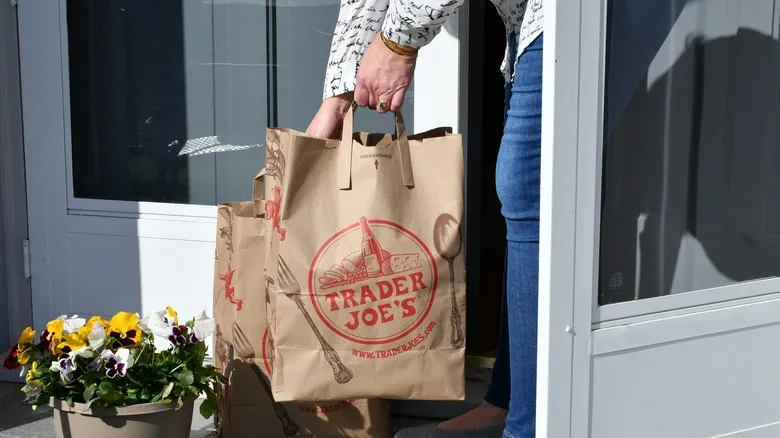Trader Joe's — offering higher-quality products for less
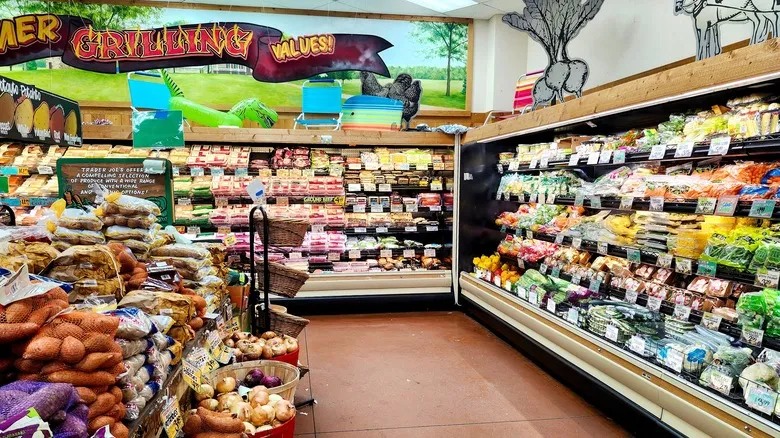
Trader Joe's approach not only prioritizes its store brand over national labels but also avoids conventional marketing methods. Instead of investing heavily in costly advertising campaigns, celebrity endorsements, and product placements, the company relies on minimal marketing and the endorsements of satisfied customers. This is reflected in every aspect of Trader Joe's — from its relaxed atmosphere to the absence of self-checkout options — all designed to create a comfortable and engaging shopping experience.
While this innovative marketing approach leads to substantial cost savings, Trader Joe's employs various strategies to further reduce expenses. For example, its stores are notably smaller and offer a more limited product range compared to larger competitors. Massive superstores that carry millions of items are costly to stock and operate. By opting for smaller spaces with a selection of just a few thousand products, Trader Joe's keeps its overhead low while delivering a quaint shopping experience.
Lower overhead and advertising costs allow Trader Joe's to invest more of its revenue into its products, helping it build a reputation for offering high-quality food items. Furthermore, without the need to recover marketing or advertising costs, the company can price its products more competitively. This not only benefits customers but also encourages positive word-of-mouth, which helps expand Trader Joe's customer base.
The reason behind Trader Joe's unconventional product selection
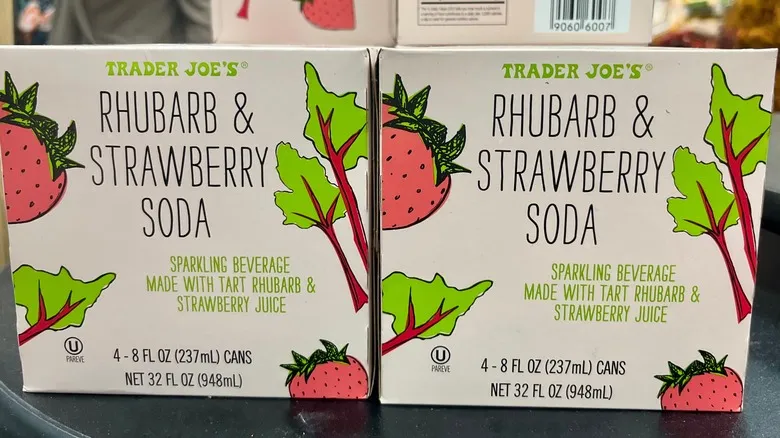
From mocha latte candy-coated pretzels to yuzu miso paste and kung pao Brussels sprouts, Trader Joe's has certainly mastered the art of quirky offerings. By placing these intriguing items alongside more conventional products, Trader Joe's invites customers to take their time and discover new favorites. Seasonal limited-time offerings, such as honey-roasted pumpkin ravioli, also attract more shoppers, boosting overall sales despite lower prices per item.
Captivating customer interest is just one reason Trader Joe's focuses on unconventional products. In the 1970s, as the company was building its private label, it chose to prioritize quality over quantity to differentiate itself in the market.
In a 2023 episode of the podcast "In Case You Missed It," Trader Joe's VP of marketing, Matt Sloan, and marketing director, Tara Miller, briefly touched on the types of products that never make it to the shelves, including artificial colors, flavors, and MSG. Until recently, these additives were notoriously difficult to avoid in shelf-stable goods. This challenge prompted Trader Joe's to seek out alternative options and suppliers beyond the mainstream, resulting in the diverse and distinctive product range that characterizes Trader Joe's today.
Recommended
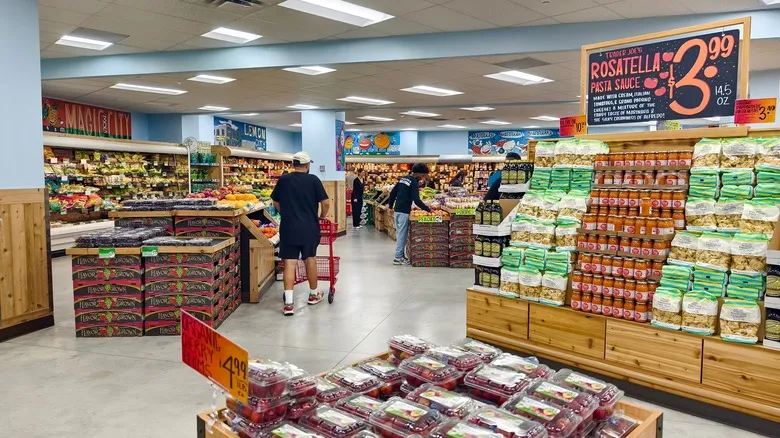
The Trick To Snagging Trader Joe's Most In-Demand Items
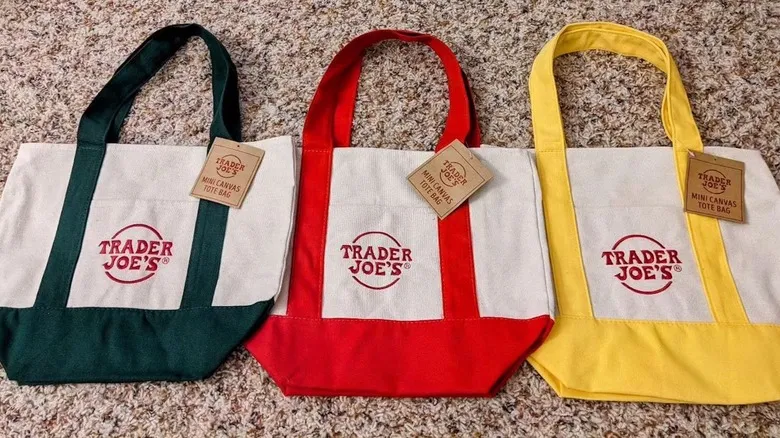
Trader Joe's Mini Tote Bags Are Back After Months Of Being Sold Out

What Trader Joe's 'Pink Sauce' Is Really Made Of
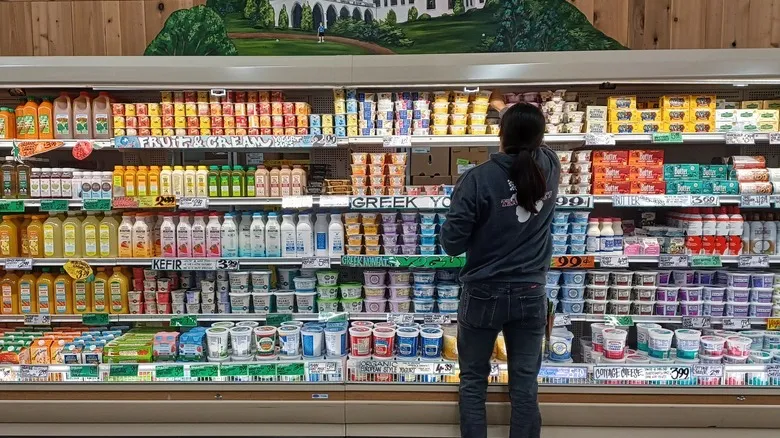
What Company Is Behind Trader Joe's Juice Smoothies?
Next up

